|
ID |
Nickname |
Country / City |
Languages |
Taxonomies |
Comment |
Project / Group |
Map |
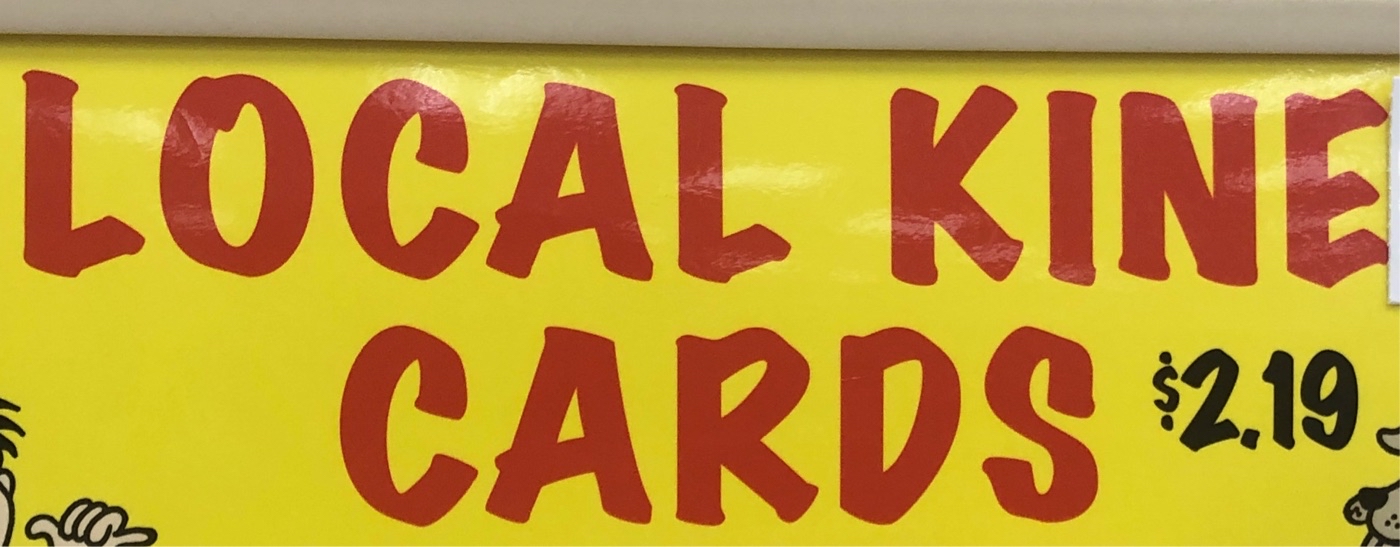
|
25087
|
|
United States
Honolulu
|
|
|
The sign says “Local Kine Cards” which translates to Local Kind Cards, referencing the language locals talk, Pidgin. This is symbolic-authentic. J.A.S
|
Multilingual Hawaiʻi
|
|

|
42495
|
|
United States
Honolulu
|
|
|
(SP) (photo was taken while riding The Bus) This is a semi-permanent paper advertisement on one of the buses (transportation domain) in Honolulu. Most of this sign is in English, while the Pidgin word “Holoholo” is added in there as a tag line for the Holo Card. This Pidgin word has been commodified and turned from a casual word in an entire branding identity for this large company. The audience is both Locals and tourists, since most of the sign is in English, anyone will be able to understand it just fine. Maybe the addition of holoholo is a bit of a wink wink nod to Locals to make people feel more connected to the company and associate using the bus as way to explore and have fun with friends
|
Multilingual Hawaiʻi
|
|

|
46079
|
|
United States
Honolulu
|
|
|
EL-S Checkup #2 : Hawaiian is being used on the sign. The words are big and colored, and have a floral design on it. I think it’s big like that as just a reminder to workers of the airport. The audience would be the general public such as workers or people entering the airport. The domain as I said is the airport. The message is “aloha ‘oe” which means I love you in Hawaiian I believe.
|
Multilingual Hawaiʻi
|
|
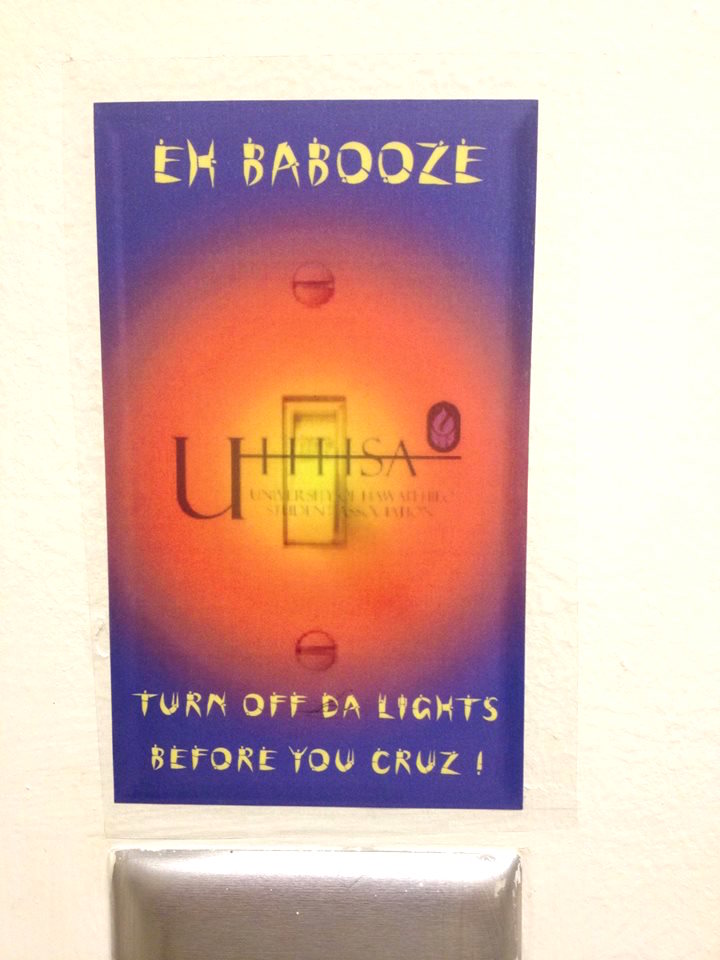
|
38971
|
|
United States
Hilo
|
|
|
—
|
Multilingual Hawaiʻi
|
|
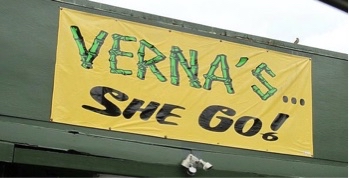
|
39045
|
|
United States
Hilo
|
|
|
—
|
Multilingual Hawaiʻi
|
|

|
108710
|
Ticiana Sprok
|
Kuwait
Hawally
|
|
|
In a diversified neighborhood, I saw a storefront with Arabic and English signage. What caught my attention in particular was the dual-language sign that triggered these thoughts: business ventures are responsive to the needs of their community. Having grown up in an area with a rich tapestry of cultures and languages, I appreciate how multilingual signs foster inclusivity. They give a sense of belonging and an opportunity for recognition to those who might otherwise be excluded. After all, this has been an experience that really puts to the test my understanding that language use in public spaces is not about information alone but also respect and recognition toward cultural identity.
|
Multilingual Hawaiʻi
|
|

|
44131
|
|
United States
Hauula
|
|
|
LM. Ko’olaupoko district Aloha it’s a lifestyle. Being kind and compassionate. Intended for locals and non locals alike.
|
Multilingual Hawaiʻi
|
|
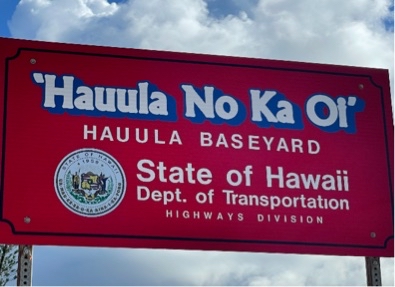
|
44133
|
|
United States
Hauula
|
|
|
LM. Ko’olaupoko district. “Hau’ula No Ka Oi” means “Hau’ula is the best” intended for locals.
|
Multilingual Hawaiʻi
|
|
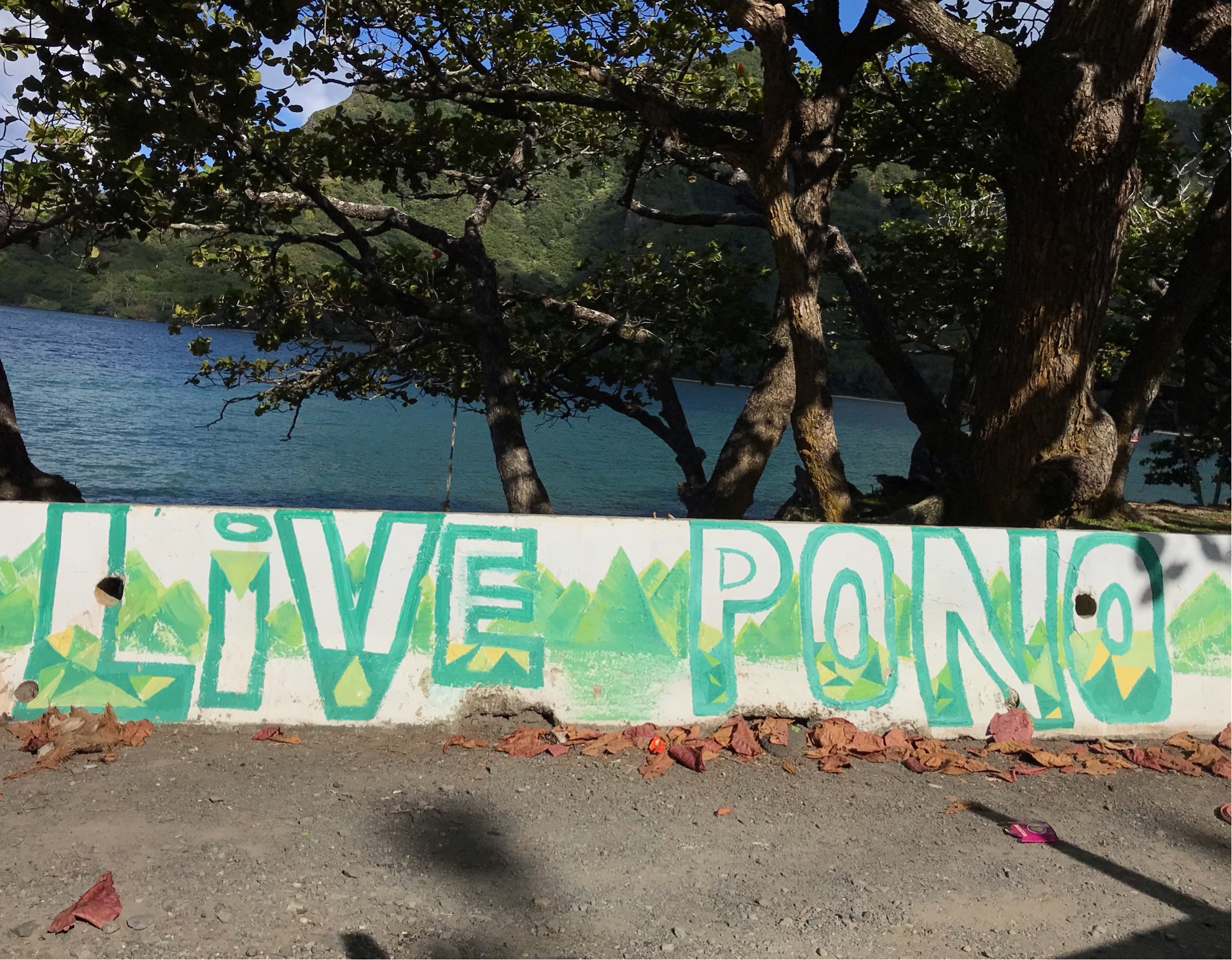
|
41344
|
|
United States
Hauula
|
|
|
This is meant for locals - relates to the Hawaiian culture and reminds people of the important values in life
|
Multilingual Hawaiʻi
|
|
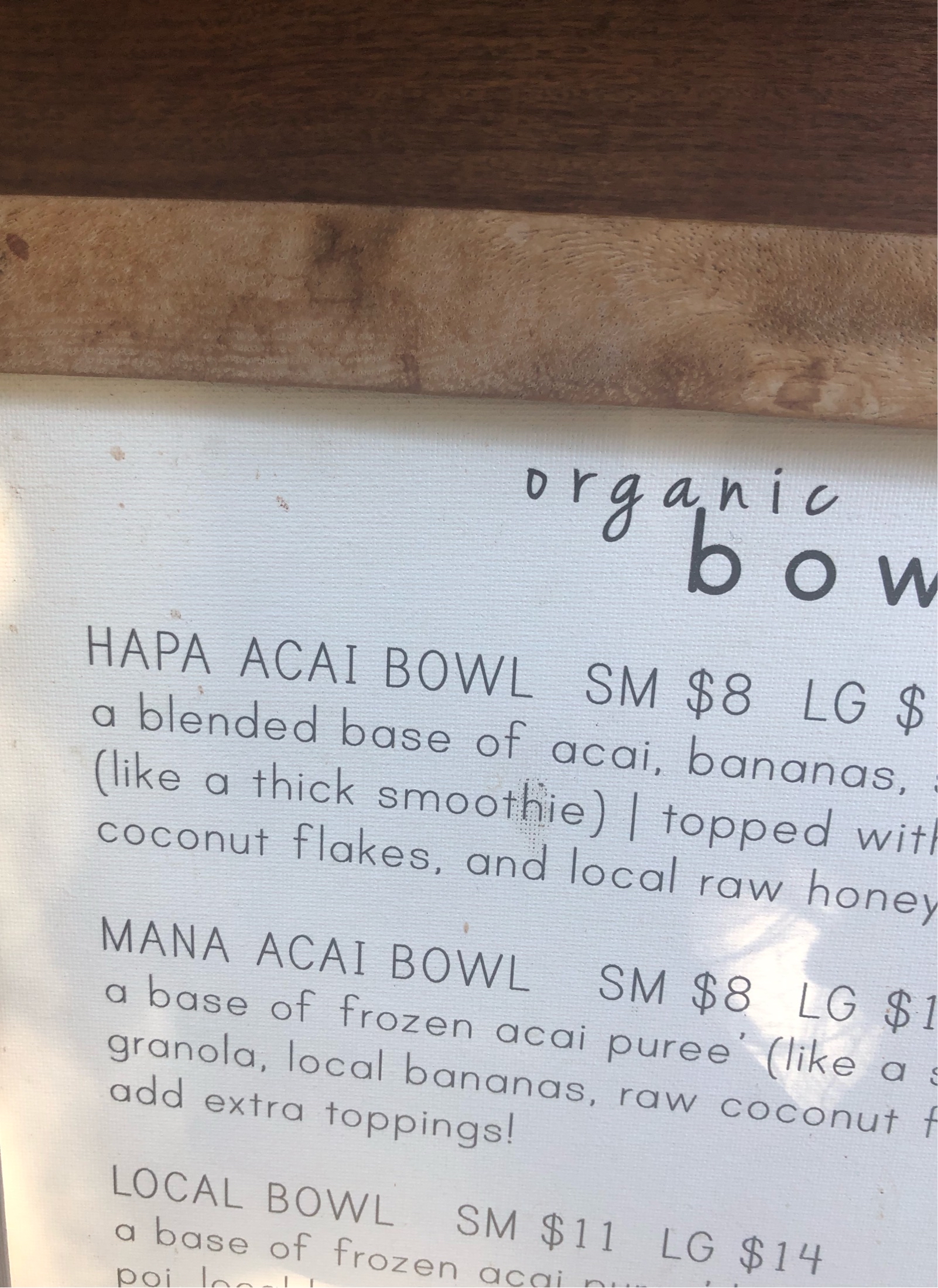
|
42516
|
|
United States
Haleiwa
|
|
|
SM
|
Multilingual Hawaiʻi
|
|

|
42517
|
|
United States
Haleiwa
|
|
|
SM
|
Multilingual Hawaiʻi
|
|

|
45871
|
|
United States
Haleiwa
|
|
|
(SP) (Check in #2) this is a photo of a semi-permanent bumper sticker (taken with permission) in the domain of transportation. It’s main audience is Locals and speakers of Pidgin because “mo bettah” is likely not a phrase that non-Locals will be too familiar with. It is likely meant to show off the car owner’s pride of being from/having visited Molokai and desire to express Molokai’s excellence/superiority over other islands
|
Multilingual Hawaiʻi
|
|
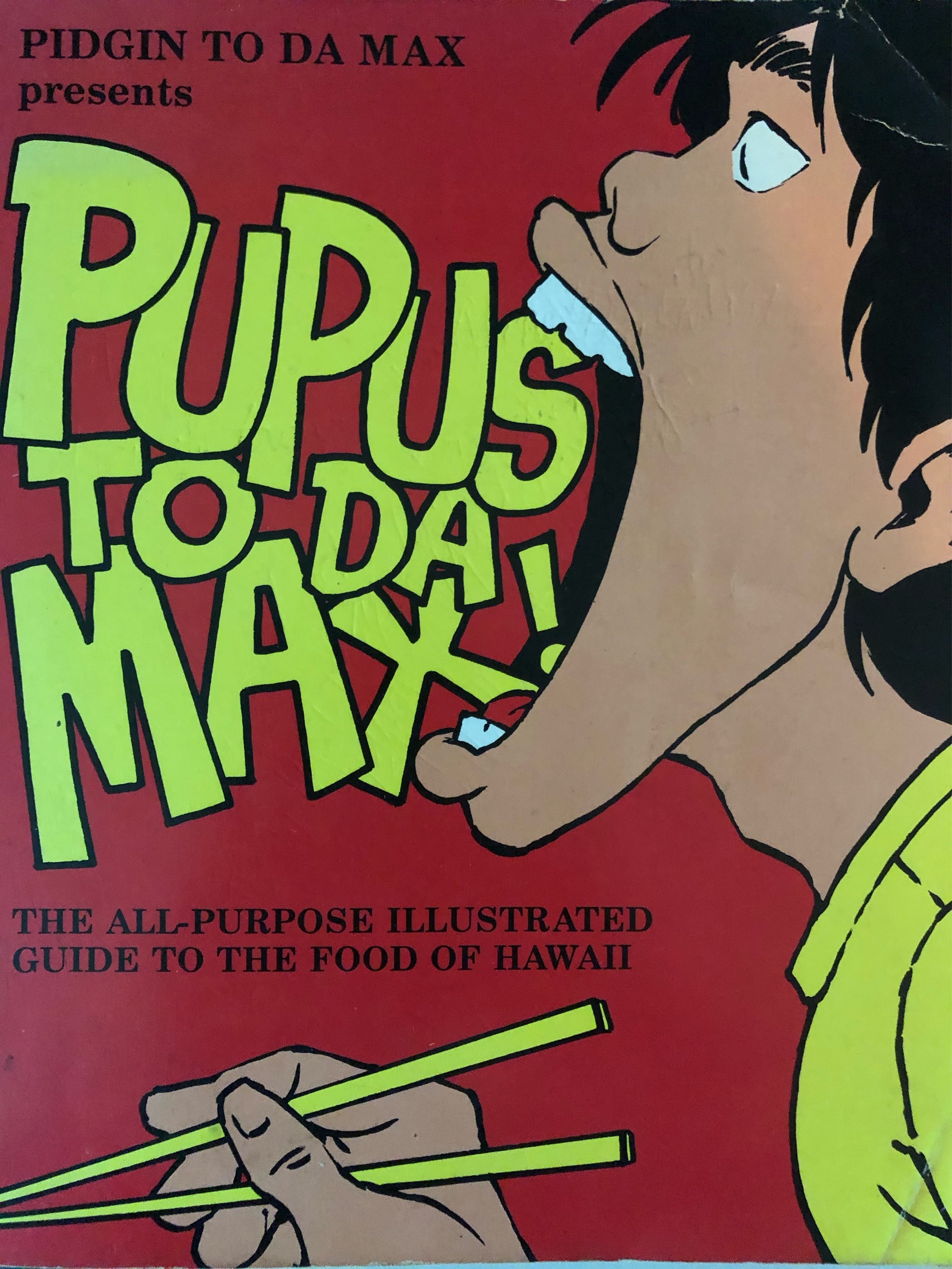
|
25911
|
|
United States
Haleiwa
|
|
|
Guide to the food of Hawaii. Symbolic synthetic as it’s meant for people unfamiliar with where to eat or can’t decide. JAS
|
Multilingual Hawaiʻi
|
|
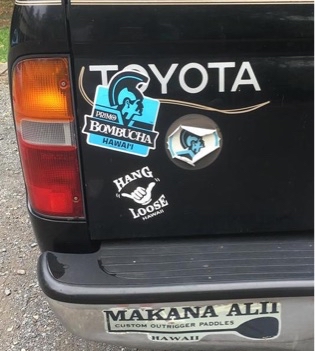
|
39028
|
|
United States
Haleiwa
|
|
|
—
|
Multilingual Hawaiʻi
|
|

|
45963
|
|
United States
Haleiwa
|
|
|
(SP) (Check in #2) This is a permanent la informational sign found in an important park and cultural site on Oahu. The majority of the sign is written in English since this park is a population tourist location, so they want the sign to be as readable as possible for a wide range of tourists. However, many Hawaiian words are added alongside their translation to educate tourists and help them become more familiar with less known Hawaiian words that are especially important at this historical and cultural site.
|
Multilingual Hawaiʻi
|
|
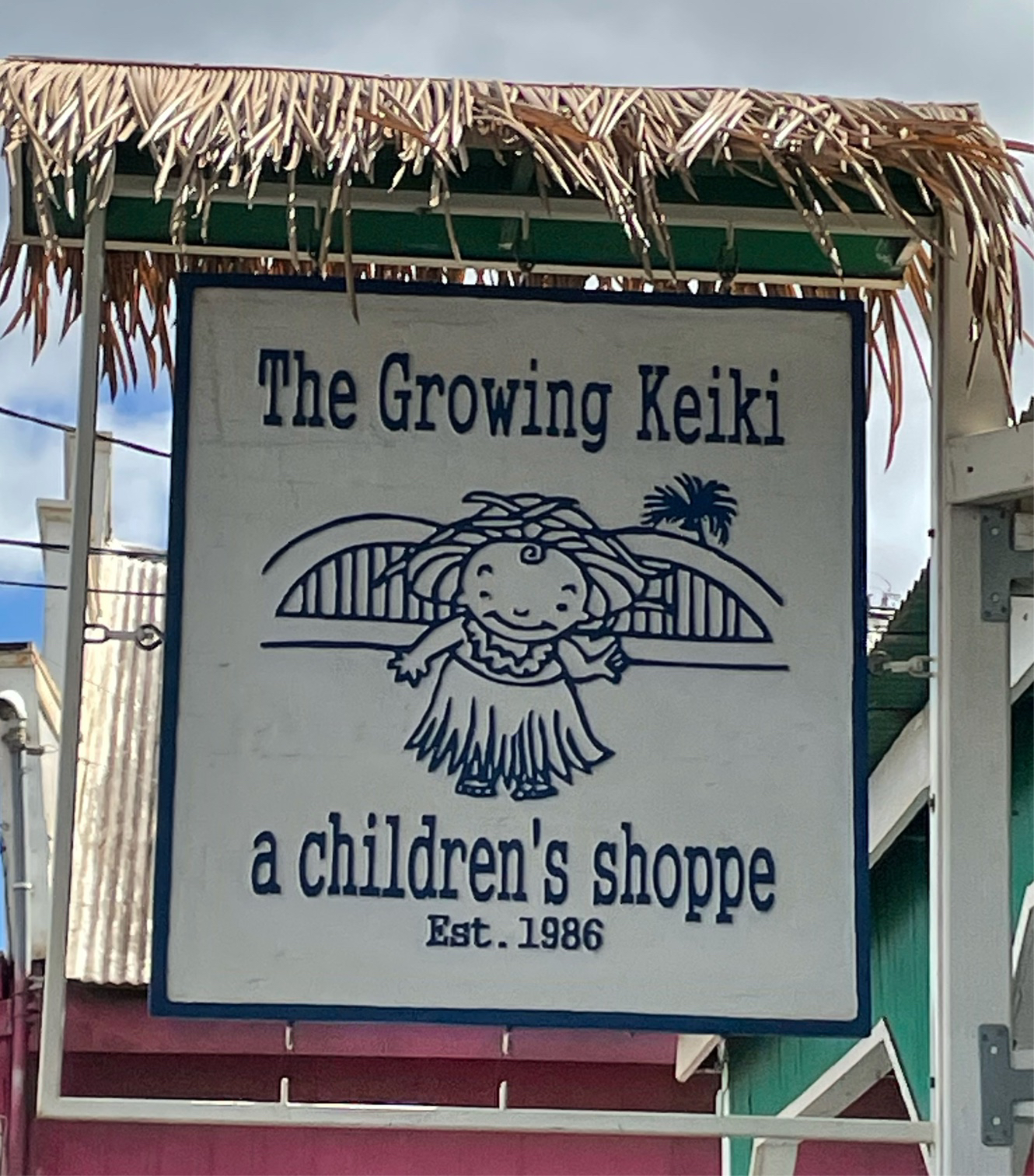
|
46541
|
|
United States
Haleiwa
|
|
|
(SP)(check in #3) this is a photo of a permanent wooden sign outside of a children’s clothing shop, in the domain of commodification. This store sells clothes branded around the Hawaiian aesthetic and language, so it makes sense that they used a Hawaiian word in their name, along with the aesthetic of straw hats, hula skirts, and leis. It is a pretty expensive store, so it is likely more popular among tourist in the area; they hang have uses Hawaiian in the name/on their sign to make the shop feel more authentically Hawaiian to tourists and Locals alike, though likely more towards tourists since they used a pretty well known, easy to figure out Hawaiian word. Tourists may see that sign and want to buy clothes to make their children feel less like normal kids and more like special little “keiki” who got to visit Hawai'i.
|
Multilingual Hawaiʻi
|
|
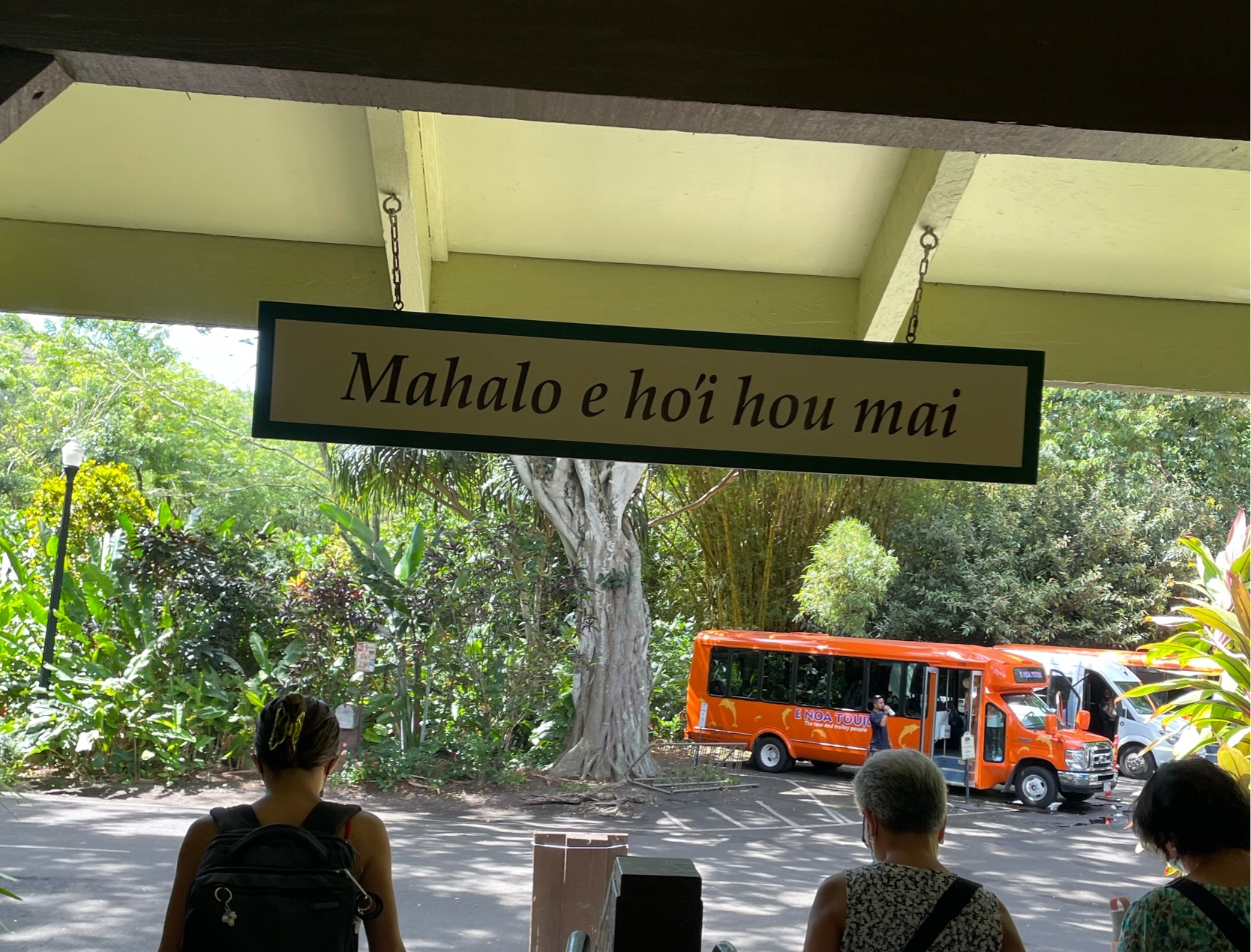
|
46548
|
|
United States
Haleiwa
|
|
|
(SP)(check in #3) Hawaiian can be found on this permanent wooden sign at the exit of a nature reserve. Hawaiian was used here to thank the guests and encourage them to come again, but that it not clear to those who do not understand Hawaiian—this sign may have been placed here to add to the “beauty and authenticity of Hawai'i” feeling without actually having to be understood by most guests, and perhaps get a nod and a smile from guests who do speak Hawaiian. Many people unfamiliar with Hawaiian may see the language as something ancient, mystical, and powerful, so the park may have been trying to go for this feeling by adding a “mystical” phrase in Hawaiian at the exit (even though its actual meaning is quite mundane).
|
Multilingual Hawaiʻi
|
|

|
47073
|
|
United States
Haleiwa
|
|
|
(SK) (#3) The domain of this photo is located in the North Shore of Oahu, specifically in Haleiwa. Uncle Bo’s is a restaurant that is in the main center of Haleiwa. We can find the word “grindz” located on this happy hour menu. This is the use of Pidgin and the purpose is to make tourists feel like they are getting a local and Hawaiian experience. The target audience is those eating and dining at Uncle Bo’s during happy hour.
|
Multilingual Hawaiʻi
|
|
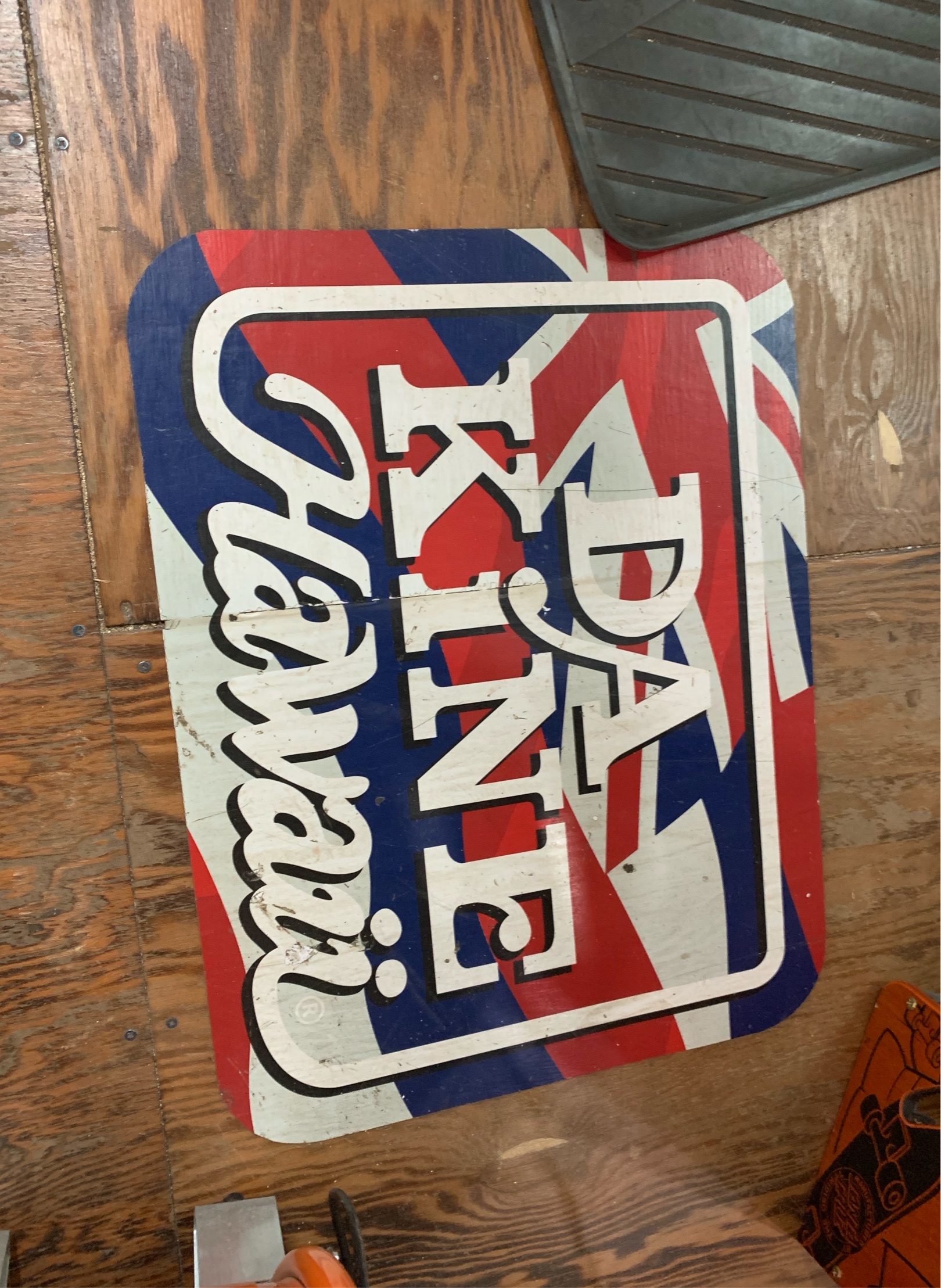
|
47079
|
|
United States
Haleiwa
|
|
|
(SK) (#3) This photo is located in the North Shore of Oahu, specifically in Haleiwa. This is a floor mat found in a local surf shop with the Hawaiian flag in the background with the Pidgin phrase “DaKine.” The use of Pidgin on this floor mat is just as decoration and in a way familiarizing/normalizing Pidgin. The target audience is anyone who steps into the surf shop and looks around.
|
Multilingual Hawaiʻi
|
|
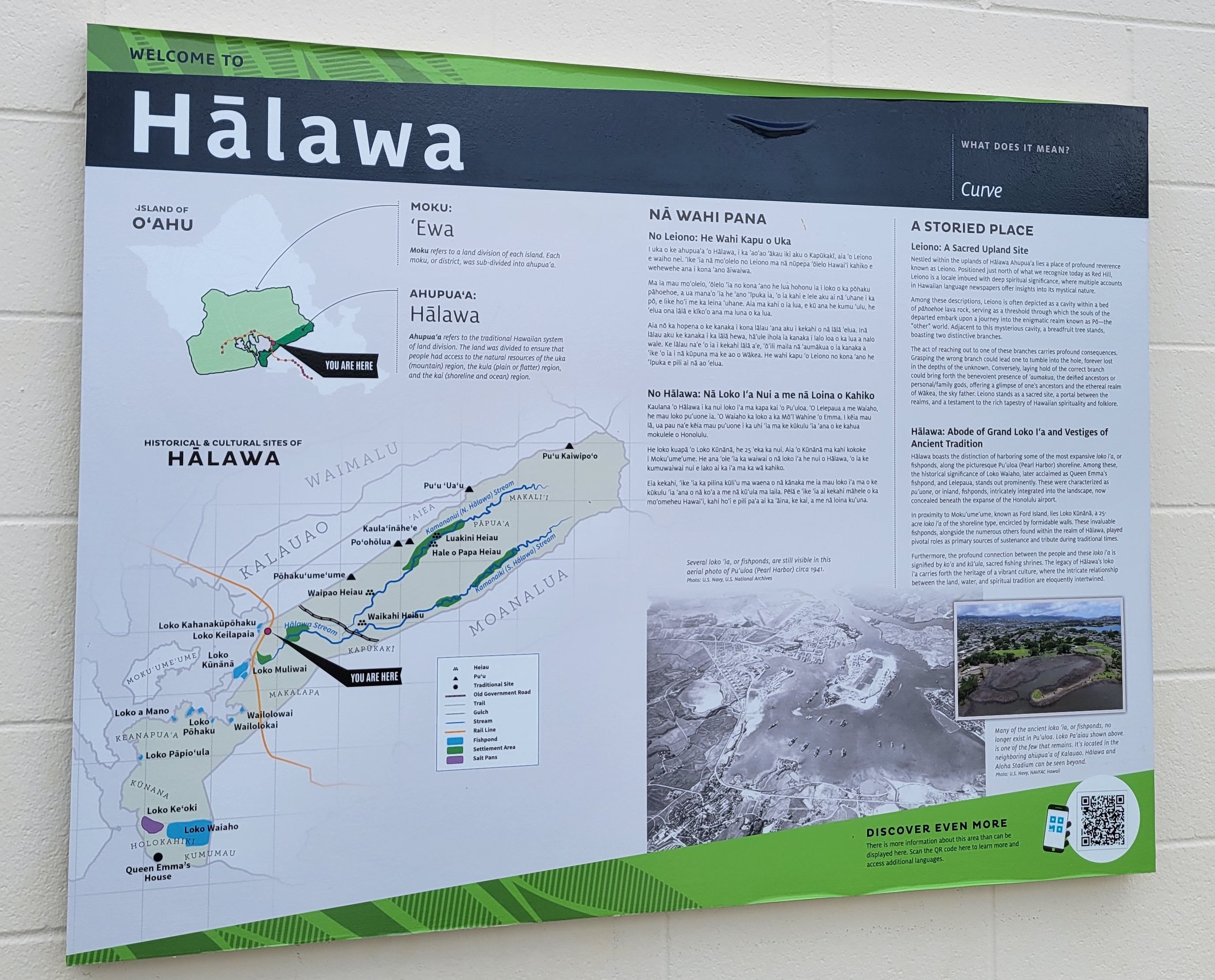
|
118144
|
kyp
|
United States
Halawa
|
|
|
—
|
Multilingual Hawaiʻi
|
|